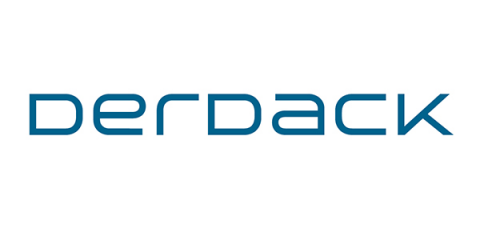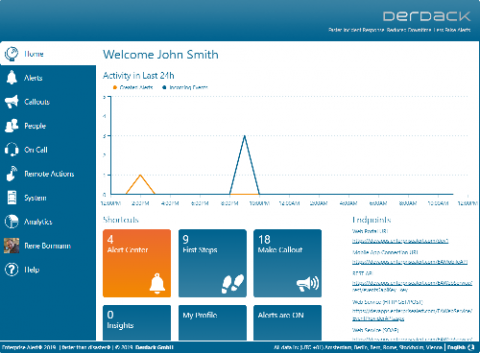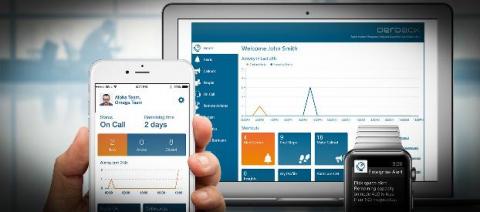Meaningful Parameter Names in SNMP Events
Enterprise Alert offers the possibility to directly receive SNMP traps and generate alarms from them. The SNMP traps contain a number of parameters that are identified by OIDs. These OIDs are quite cryptic and not very meaningful. So-called MIB files are used to assign meaningful names to the OIDs. The following describes how you can use a script to import such MIB files to display meaningful names instead of OIDs in SNMP events. You can also use these names in alert policies.






